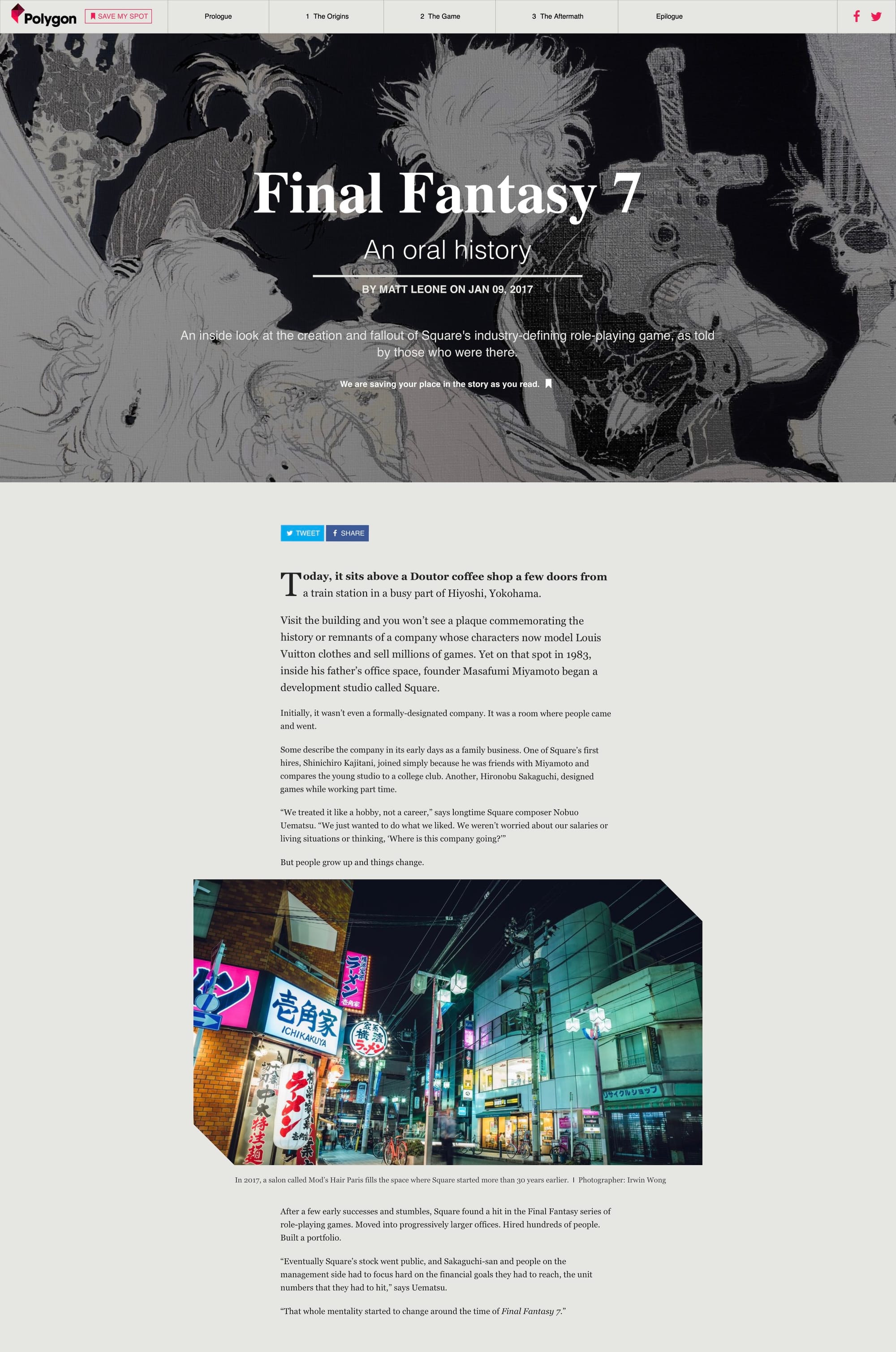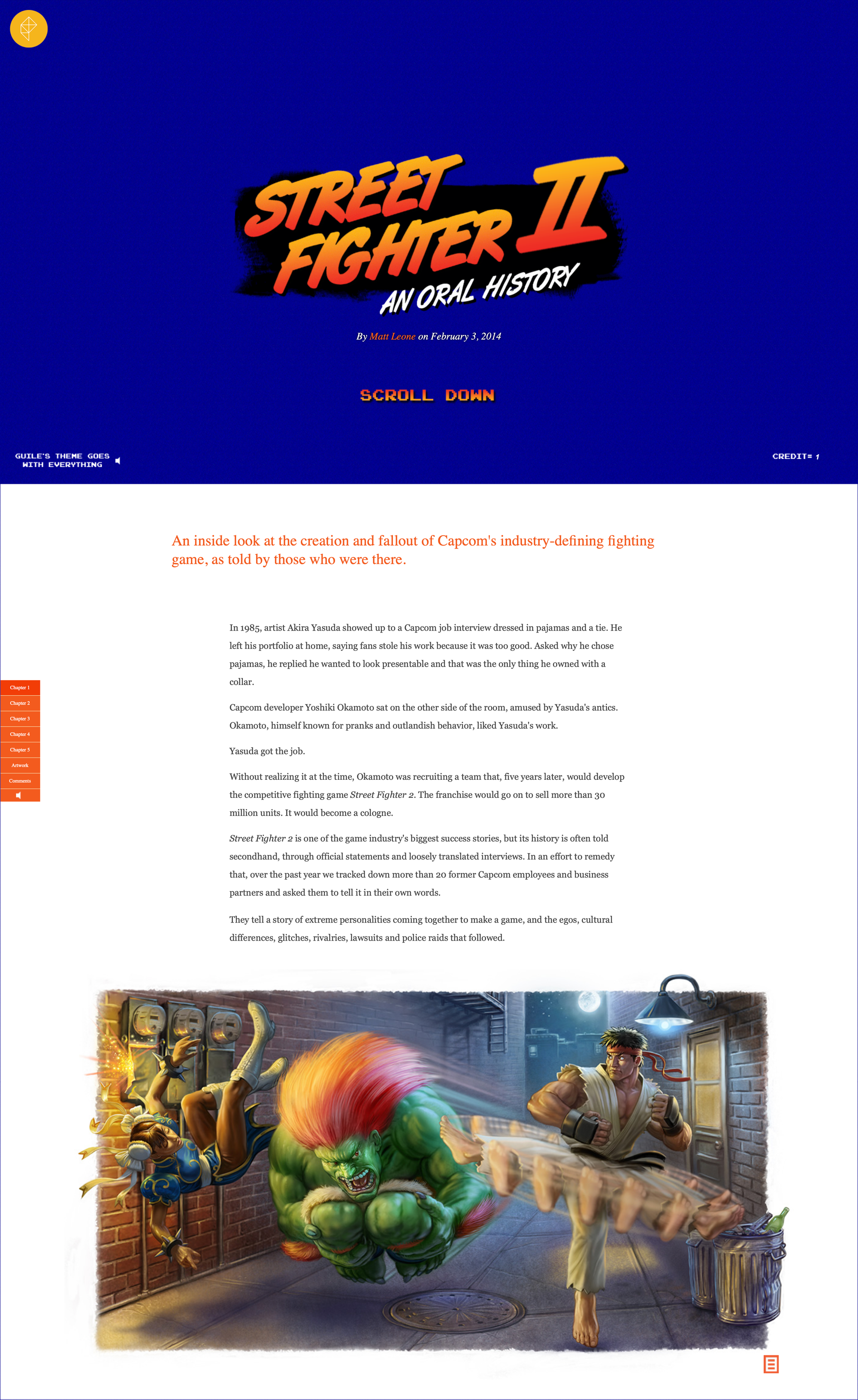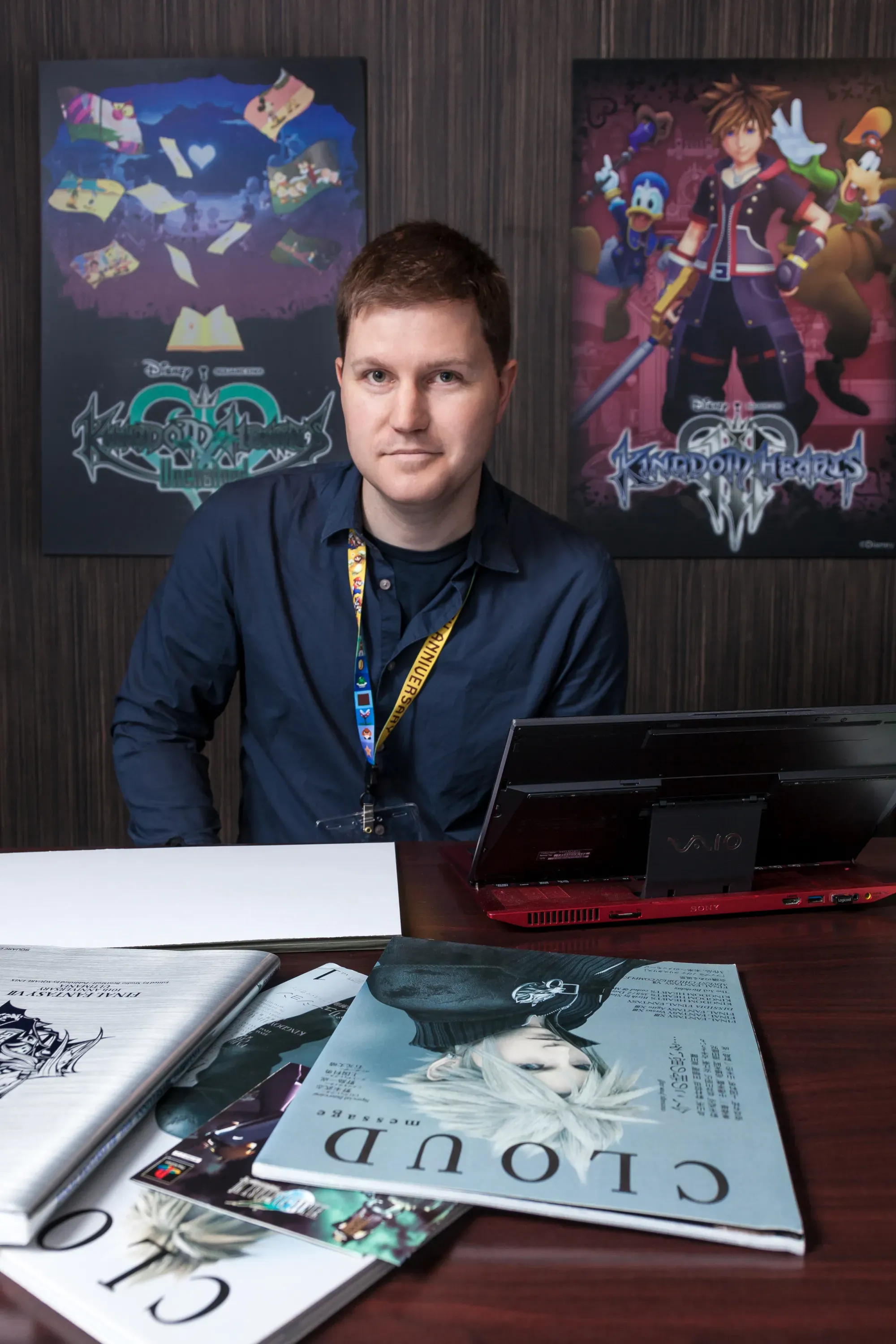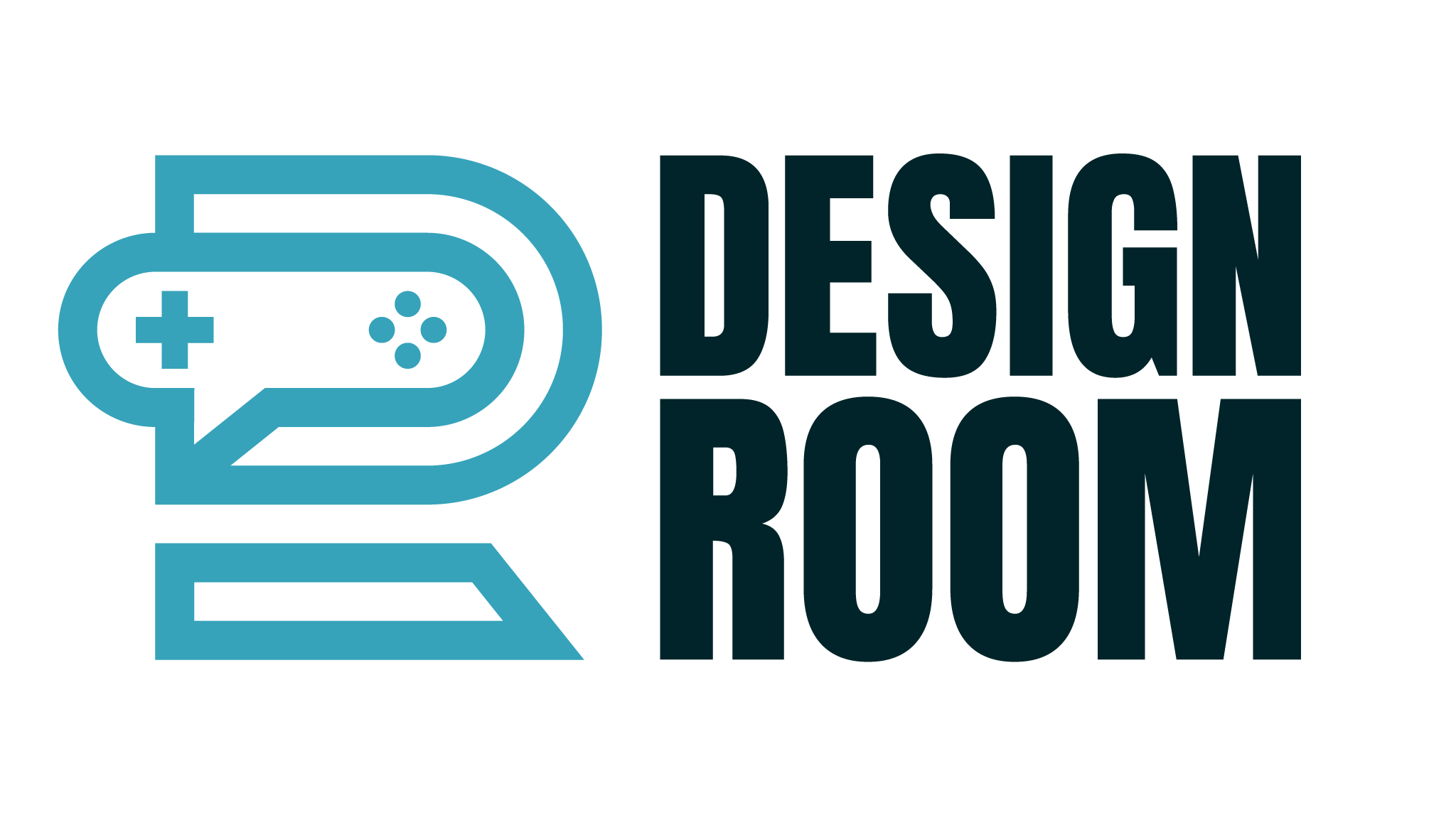Welcome letter
Remember Polygon’s Street Fighter 2 and Final Fantasy 7 oral histories? We’re building a new subscription-based site to do more like them.

About five months ago, I got the news that Vox Media had sold Polygon and I was out of a job.
Not a particularly fun day!
With some perspective, though, it wasn’t a shock. Games media sites had been struggling for years — arguably decades — and while Polygon was doing better than most, it never seemed like it would last forever. I’ve been writing about games for more than 30 years, and one thing I’ve learned is that you pretty much always feel like you’re on borrowed time.
I’ve been OK with that. I made peace with it long ago. And I clearly haven’t learned my lesson, because today I’m jumping back in with a new site: Design Room, an independent, subscription-based outlet built around game industry oral histories. (Sign up here! Or check us out on Bluesky.)
If you followed my work at Polygon, you may have seen the Final Fantasy 7 or Street Fighter 2 oral histories I put together, or the Crash Bandicoot, Morrowind, or Panzer Dragoon Saga ones I edited. All of those unfortunately have broken layouts now — the SF2 and FF7 stories aren’t even up anymore, short of digging through the Internet Archive — but the idea behind each was to pick a game, interview as many people as we could who worked on it, then fold those conversations together to make you feel like you were in the room with the team.
These were some of the least practical stories Polygon produced, with the larger ones requiring hundreds of hours of reporting in addition to translation, illustration, photography, design, travel, copy editing, etc. I love the format, though. I love how it brings candid conversations out of people, how it blends lighthearted anecdotes with serious discussions, and how it gives context to stories we often only hear from one perspective.
The goal with Design Room is not just to do more of these stories, but to build a place where we can do the best possible versions of them, free of the external pressures that come with running a bigger outlet. No ads or commerce links. No aggregation or hot takes. No deceptive headlines or offloading work onto readers rather than doing it ourselves. A generative AI ban across text, images, and video.
With our focus on oral histories, Design Room is in some ways inherently a retrospective site, though we aren’t limiting ourselves to a particular timeframe. If there’s a game or topic we find fascinating that we can do significant new reporting on and have honest conversations about, we’re going to do our best to cover it. We’re also not going to limit stories to a particular scope — some may be 10,000 words and interview dozens of people; others may be 1,000 words and interview a single person.
My hope is that this will eventually feel like a text version of Noclip, or a digital version of A Profound Waste of Time. When I see people at game events, they still talk about the Final Fantasy 7 story, and that ran eight years ago. I want to make stories that stick with you like that. And I want to create a permanent place where those stories can live forever — or at least one where I can fix the layouts if they ever break.
Since this is day one, there are still some details to figure out — stories like these don’t fit a typical advertising model because the cost to produce them doesn’t come close to equating to a profitable view count, after all. But the basic plan is we’re going to run oral histories that are free to everyone, and bonus stories that are exclusive to paid subscribers.



From left: Polygon's Final Fantasy 7 and Street Fighter 2 oral histories, and a photo of me at Square Enix’s E3 booth in 2015. | Images: Vox Media, Jonathan Castillo
The bonus stories will consist of exclusive original reporting, additional content tied to the oral histories, and — as I put it in the supporter tier description — “recklessly extravagant coverage of wild game design experiments, canceled projects, and pieces of game industry trivia you don’t typically hear about.” We also have an early access tier for those feeling especially generous.
Alongside all that, I’m happy to reveal that our first oral history is on Shadow of the Colossus — a collaboration between myself and former 1UP/EGM coworker James Mielke that folds together more than a dozen interviews, original art from Gravity Rush concept artist Takeshi Oga, photography from Laura Tillinghast, and extensive editing and translation help.
You can read it right now, as well as paid-subscriber bonus stories such as an extended transcript of our interview with Fumito Ueda and Kenji Kaido, a story on how people working at Sony felt about The Last Guardian's decade in development, and a look behind the scenes at the making of our cover artwork. We’re not done with Shadow of the Colossus, either.
Up next, we have a bunch of other oral histories in the works, a story on a canceled Nintendo game, multiple stories that continue the reporting I did on my Final Fantasy 7 and Street Fighter 2 projects, and various other big looks back at some of the game industry’s best and most interesting games.
After that, we’re an open book. We have long lists of story ideas to pursue, and we’re planning to take requests and let subscribers vote on some of them. Maybe an oral history of an outlet like Polygon or 1UP? Or a classic like Space Invaders or Shenmue? Or scratch my fighting game itch with Guilty Gear or Killer Instinct? Or tackle some of the biggest games ever made that we still don’t know all that much about, like Kingdom Hearts or Skyrim?
This is very much an experiment with an expiration date on it, though.
I’ve put in my own money to launch the site and show what it can be. Consider this a proof of concept. After that money runs out, the site will scale 100% with the funding it gets from subscriptions. If it gets two subscribers, I’ll love both of you but I’ll have to cut things short. If it gets a modest number, I’ll do my best to keep things going at a slower pace. If by some miracle it takes off, I’ll be able to do more stories, bigger stories, new collaborations, video projects, book projects, art giveaways, etc. That’s the dream version of this, but it’ll take a lot of support to get there.
I’m well aware of the challenges here. A lot of crowdfunded games media is built around formats that are personality-based, quick to produce, and easy to distribute through other platforms, and we’re running fast in the opposite direction. We’re not going to have daily updates. We’re not going to have a podcast. We have a newsletter (subscribe here!), but beyond that, we’re relying on the stories to sell themselves and readers to spread the word.
There’s a simple reason why: I believe this is the best format to tell these stories.
This might be the journalism nerd in me, but I think there’s something special about a reporter sticking with a story over a long stretch of time so it surprises you and feels satisfying to read. That’s what I want to work on and what I want to give others the chance to do. So that’s what I’m doing, and I’m hoping the rest will work itself out. If nothing else, it’s fun to have a chance to play around with this for a little while.
Thanks for checking it out.
